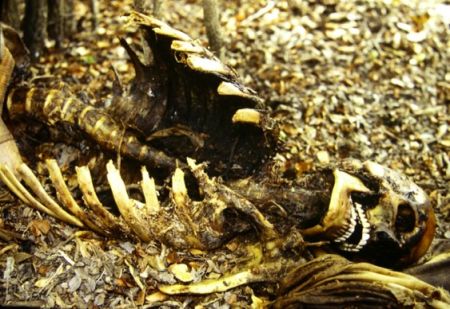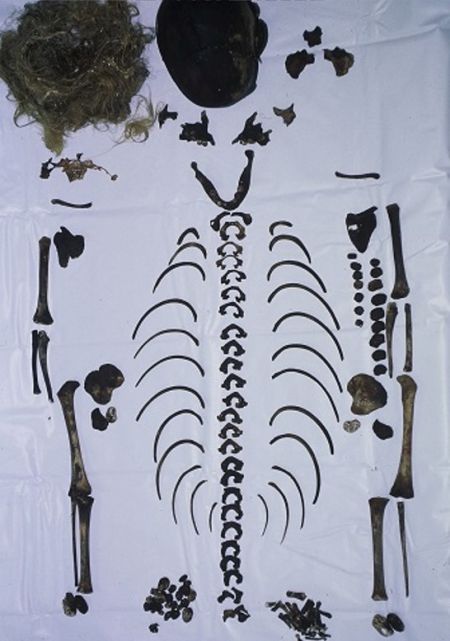Dr Andrew discusses the “Holy Grail” of Forensic Pathology and Forensic Medicine
We have all seen the fictional death investigator take a brief look at the body and solemnly intone, “death was between 2:30 and 3:45 AM.” This, of course represents the magical thinking of Hollywood. In actual practice, time of death estimates are exactly that – estimates. These estimates are subject to a myriad of variables and are among some of the most vigorously contested opinions a forensic pathologist may offer on the stand.

This is not to say such opinions are little more than guesses. There are well-described early and late postmortem findings that can inform time of death estimations. Unfortunately, despite intense research over many decades, the laboratory offers no substantive assistance in this regard. At the other end of the data spectrum, too many attorneys and, unfortunately, judges, dismiss important circumstantial clues routinely used by forensic pathologists as “cognitive bias.” The magical thinking of Hollywood permeates the bar and bench that accepts the notion that time of death is a simple laboratory test that can be objectively assessed, and quality controlled like a drug concentration on the blood.
The “cognitive bias” shibboleth is overused in that physician practice is both science and art. Any physician making diagnoses without benefit of a history – some of which may be relevant, some, not – is guilty of malpractice. Lab test results and other data can be generated in a vacuum of information. Interpreting the results is a different story.
What are the time of death tools used by the forensic pathologist? It cannot be overstated that each of the following are subject to variables of environment, body habitus, general health and nutrition, age and others.
Early postmortem changes, typically over the first 5 days or so consist of; rigor mortis, the postmortem stiffening of muscle, livor mortis, the postmortem settling of blood no longer flowing under pressure and algor mortis, the change in core body temperature after death. Other early changes that have been utilized with widely varying degrees of reliability include the contents of the stomach and potassium content of the eye fluid. For example, the presence of clearly identifiable chili in the stomach of a young boy found dead at a campground narrowed the window of his death to within roughly two hours after he was known to have had chili with his family at dinner, despite his body not being found until well into the next day.

An example of the dangers of reliance of eye fluid potassium can be seen in the case of a double homicide in a park, both victims, by every investigatory clue having been killed within minutes of one another. The bodies were in two different environments and potassium measurements on eye fluid suggested they were killed 19 hours apart. This datum was a huge outlier and must be dismissed.
Late postmortem changes which occur over weeks to months are determined in large part by the environment in which the body is left. “Wet” decomposition is called putrefaction and takes place when there is substantial bacterial activity and humidity is generally on the high side. “Dry” decomposition is called mummification, a process in low humidity environments that dries soft tissues to a hard, leathery consistency. Variable roles are played by insects, rodents or larger mammals, depending on the environment, ultimately leading to skeletonization.
Exposed bone will undergo further changes such as bleaching by the sun, staining by vegetation and flaking of surface cortex that may be aids in estimating a postmortem interval. It is also subject to the activity of rodents and larger predators.
Lording over all the science, are the vagaries of environment, climate, microclimate, characteristics of the body itself and the possibility of more than one postmortem resting place for the remains.
It is for these reasons and more that it is perfectly appropriate and sound medicine to consider circumstantial data such as uncollected mail, telephone activity, missed appointments and known routine behaviors of the deceased. Until such time as there is a validated chemical, histochemical or radiological test that can accurately determine postmortem interval this will remain fodder for courtroom controversy.

